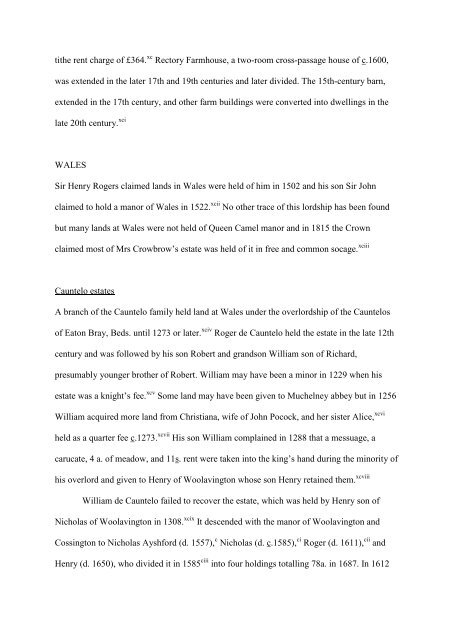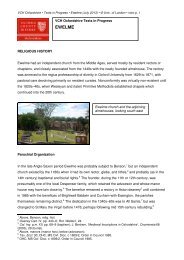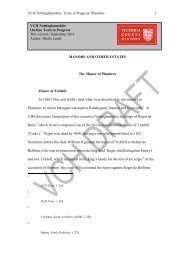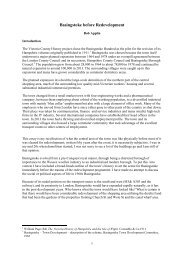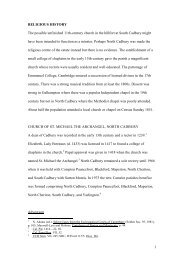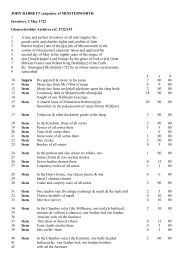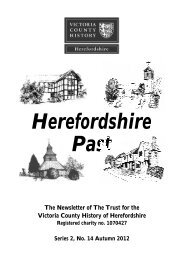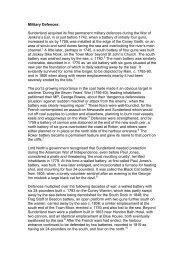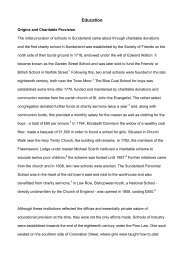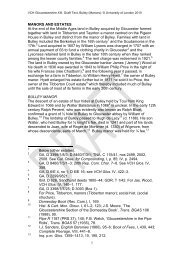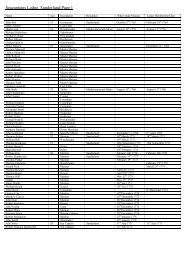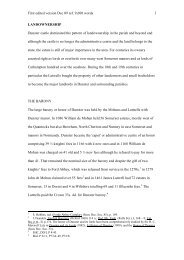Queen Camel Manors and Estates - Victoria County History
Queen Camel Manors and Estates - Victoria County History
Queen Camel Manors and Estates - Victoria County History
Create successful ePaper yourself
Turn your PDF publications into a flip-book with our unique Google optimized e-Paper software.
tithe rent charge of £364. xc Rectory Farmhouse, a two-room cross-passage house of c.1600,was extended in the later 17th <strong>and</strong> 19th centuries <strong>and</strong> later divided. The 15th-century barn,extended in the 17th century, <strong>and</strong> other farm buildings were converted into dwellings in thelate 20th century. xciWALESSir Henry Rogers claimed l<strong>and</strong>s in Wales were held of him in 1502 <strong>and</strong> his son Sir Johnclaimed to hold a manor of Wales in 1522. xcii No other trace of this lordship has been foundbut many l<strong>and</strong>s at Wales were not held of <strong>Queen</strong> <strong>Camel</strong> manor <strong>and</strong> in 1815 the Crownclaimed most of Mrs Crowbrow‟s estate was held of it in free <strong>and</strong> common socage. xciiiCauntelo estatesA branch of the Cauntelo family held l<strong>and</strong> at Wales under the overlordship of the Cauntelosof Eaton Bray, Beds. until 1273 or later. xciv Roger de Cauntelo held the estate in the late 12thcentury <strong>and</strong> was followed by his son Robert <strong>and</strong> gr<strong>and</strong>son William son of Richard,presumably younger brother of Robert. William may have been a minor in 1229 when hisestate was a knight‟s fee. xcv Some l<strong>and</strong> may have been given to Muchelney abbey but in 1256William acquired more l<strong>and</strong> from Christiana, wife of John Pocock, <strong>and</strong> her sister Alice, xcviheld as a quarter fee c.1273. xcvii His son William complained in 1288 that a messuage, acarucate, 4 a. of meadow, <strong>and</strong> 11s. rent were taken into the king‟s h<strong>and</strong> during the minority ofhis overlord <strong>and</strong> given to Henry of Woolavington whose son Henry retained them. xcviiiWilliam de Cauntelo failed to recover the estate, which was held by Henry son ofNicholas of Woolavington in 1308. xcix It descended with the manor of Woolavington <strong>and</strong>Cossington to Nicholas Ayshford (d. 1557), c Nicholas (d. c.1585), ci Roger (d. 1611), cii <strong>and</strong>Henry (d. 1650), who divided it in 1585 ciii into four holdings totalling 78a. in 1687. In 1612


